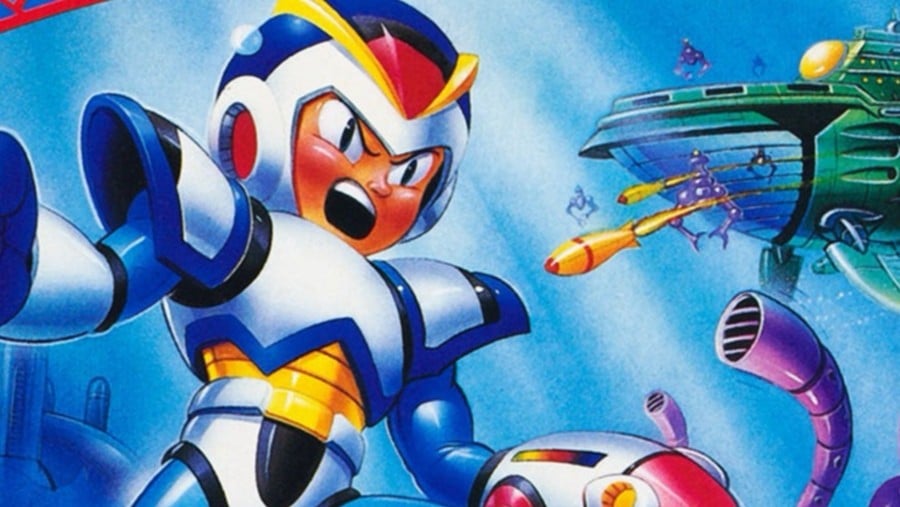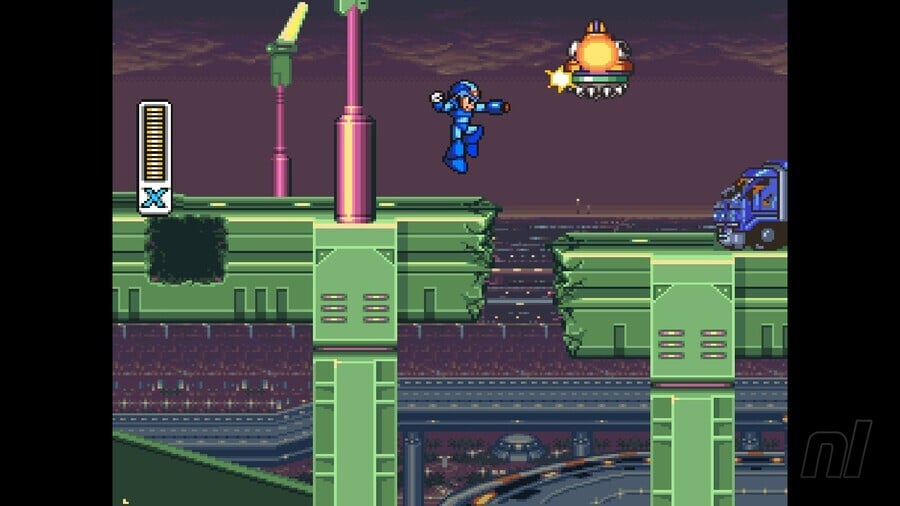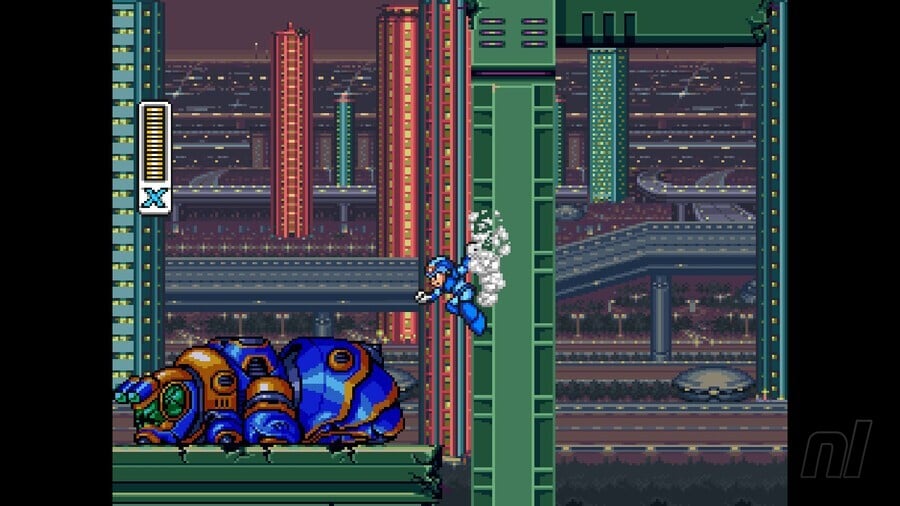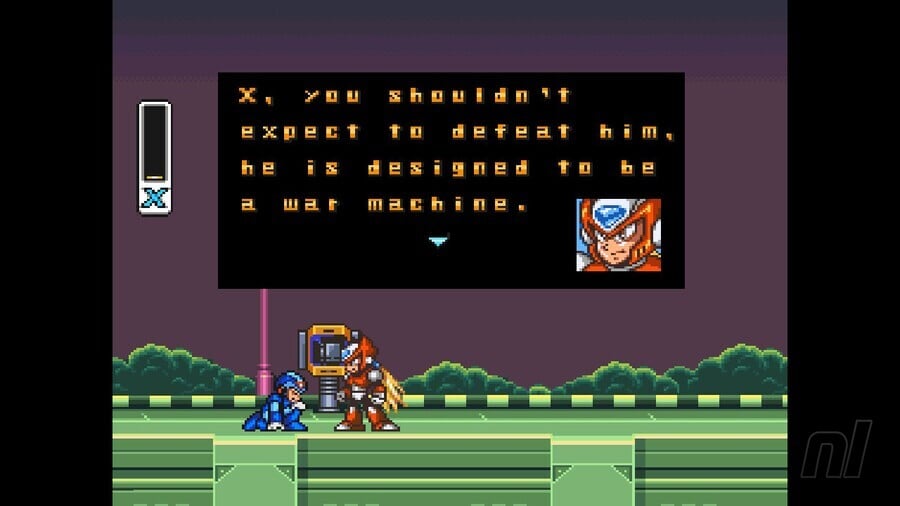
Soapbox features enable our individual writers and contributors to voice their opinions on hot topics and random stuff they've been chewing over. Today, to celebrate the 30th anniversary of the launch of Mega Man X in Japan, Ollie dives into what makes its introductory stage so darn good...
The original Mega Man series is well known for its punishing difficulty, particularly for newcomers. With time, patience, and persistence, it is relatively easy to learn the ropes and get through each entry with little fuss, but if there’s one thing the original franchise lacked — particularly on the NES — it was a tutorial. You were simply thrown into the ring with a selection of six to eight stages to choose from, and that’s about it.

Now, one could argue that Mega Man didn’t really need a tutorial. After all, you just run, shoot, and in later entries, slide. You could easily pick up the basics as you progressed through whichever stage you happened to pick first, but the designers of Mega Man X must have thought the franchise’s spiritual successor could do with something to give newcomers a bit of a leg up. Thankfully, the result is one of the coolest introductory stages of all time.
Taking place against a cyberpunk-esque city backdrop, the level essentially sees you move in a relatively straight line from point A to point B, defeating enemies both big and small along the way. One of the awesome ways in which the new game took advantage of the SNES’s 16-bit power was that certain enemies could actually drill down into the platforms and destroy the environment, which would force X to jump over these newly formed gaps.
The biggest change, however, and possibly the main reason for including the tutorial in the first place, was X’s ability to jump up walls and reach high ledges. The stage forces this at multiple intervals by introducing the ‘Bee Blader’: a large, mechanical helicopter resembling the general appearance of a bee. Destroying these will force them to crash down onto the platform, causing the whole thing to drop down with you on top of it.

Now, if this were OG Mega Man, you’d be stuck — like, completely stuck. But this isn’t OG Mega Man; this is Mega Man X. The first time you jump against the wall and realise you can keep ascending in perpetuity is honestly kind of mind-blowing. It completely changes the way that Mega Man games play (some would argue for the worse, but they’re wrong), and I love the way the introductory level teaches you this new mechanic.
As you make your way to the end of the level, several new enemy types make themselves known, including the rather ingenious ‘Road Attacker’, a red car that, if you shoot the driver specifically, can be ridden by X himself (there’s no genuine benefit to doing this, but it’s a great way of showcasing the numerous ways you could interact with enemies).

It’s not long until a formidable mech drops down from an airship and completely trounces X in a head-to-head showdown, pulling a ‘Souls-like’ trick decades before the genre even became a thing. With X grounded, we get our first peek at Zero, who blasts an arm off the mech in one swoop, instantly becoming the fan favourite he was always destined to be.
I want to reiterate that Mega Man, and indeed Mega Man X, probably doesn't need a tutorial level. The gameplay, while difficult to master, is easy to learn on its own, so Mega Man X could have quite gotten away with presenting its eight main stages and be done with it. However, I'm so thankful for its sublime tutorial stage: with its satisfying mix of enemies, banging music, and gripping conclusion, it's the perfect introduction to Capcom's excellent sub-series.
Now where's Mega Man X9, Capcom?
